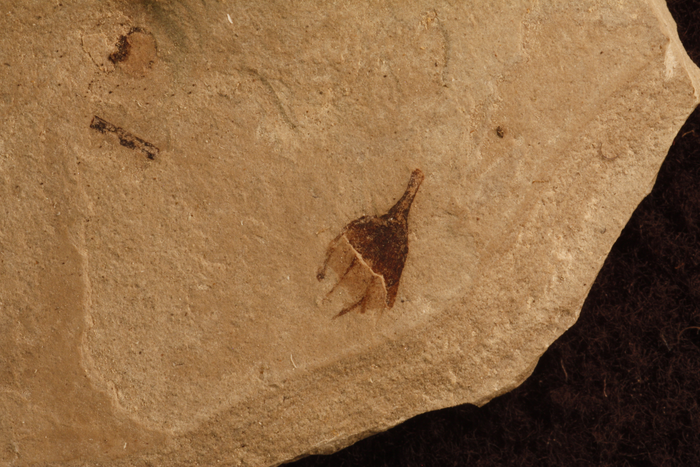
Chili peppers may have existed in North America 50 million years ago
Scientists previously believed that chili peppers – Capsiceae, a group within the nightshade (Solanaceae) family – originated in South America about 15 million years ago. However, a team of botanists and paleontologists led by the University of Colorado Boulder has recently discovered several fossil chili peppers in museum collections gathered from the Green River Formation (a geological treasure trove spanning northwestern Colorado and southwestern Wyoming). The discovery suggests that these plants were present in North America at least 50 million years ago.
The nightshade family comprises over 3,000 species from nearly 100 different genera, including the chili pepper. Like the tomato, the chili pepper is technically a fruit because it has seeds on the inside. While the researchers cannot be sure of the ancient chili’s shape or color, it was probably smaller compared to its modern counterparts, but may have still been quite spicy.
The experts identified the fossils by the unique shape of their calyx teeth – the spikes on the end of the fruiting stems which hold on to the peppers. “The world has maybe 300,000 plant species. The only plants with that kind of calyx is this group of 80 or 90 species,” said senior author Stacey Smith, an associate professor of Evolutionary Biology at CU Boulder.

Image Credit: R. Deanna
According to Smith and her colleagues, these fossils originated in the Eocene period, between 34 and 56 million years ago, when carbon dioxide levels were twice as high as today and palm trees grew as far north as Alaska.
While scientists have previously assumed that chili peppers and other plants from the nightshade family originated in South America about 10 to 15 million years ago, and then dispersed over land and water to other continents, this new discovery suggests that various plants from the nightshade family – including chili peppers – may have existed in North America 40 to 50 million years ago.
The researchers believe that fruit-eating birds – which roamed the Earth as early as 60 million years ago – may have carried seeds and plants in their migrations around the world in their guts, stuck to their feathers, or in mud on their feet, thus helping to distribute them from continent to continent. However, since birds depended on such plants for sustenance, the relationship between the two groups of organisms was likely mutual.
Although further research is needed to clarify whether the nightshade family has started in North America instead of South America, and then dispersed in the other direction, this study clearly shows that some species belonging to this family, such as the chili pepper, are much older than previously thought.
“These chili peppers, a species that we thought arose in an evolutionary blink of an eye, have been around for a super long time. We’re still coming to grips with this new timeline,” Smith concluded.
The study is published in the journal New Phytologist.
—
By Andrei Ionescu, Earth.com Staff Writer
Check us out on EarthSnap, a free app brought to you by Eric Ralls and Earth.com.












